What No One Tells You About Driveway Placement
Most folks think a driveway is just the strip of gravel you park on. But out here, it affects everything—from your layout to your privacy to your daily stress level. You get one shot to do it right without major headaches. Here’s what no one tells you about where you put it.
It Sets the Tone for Everything Else
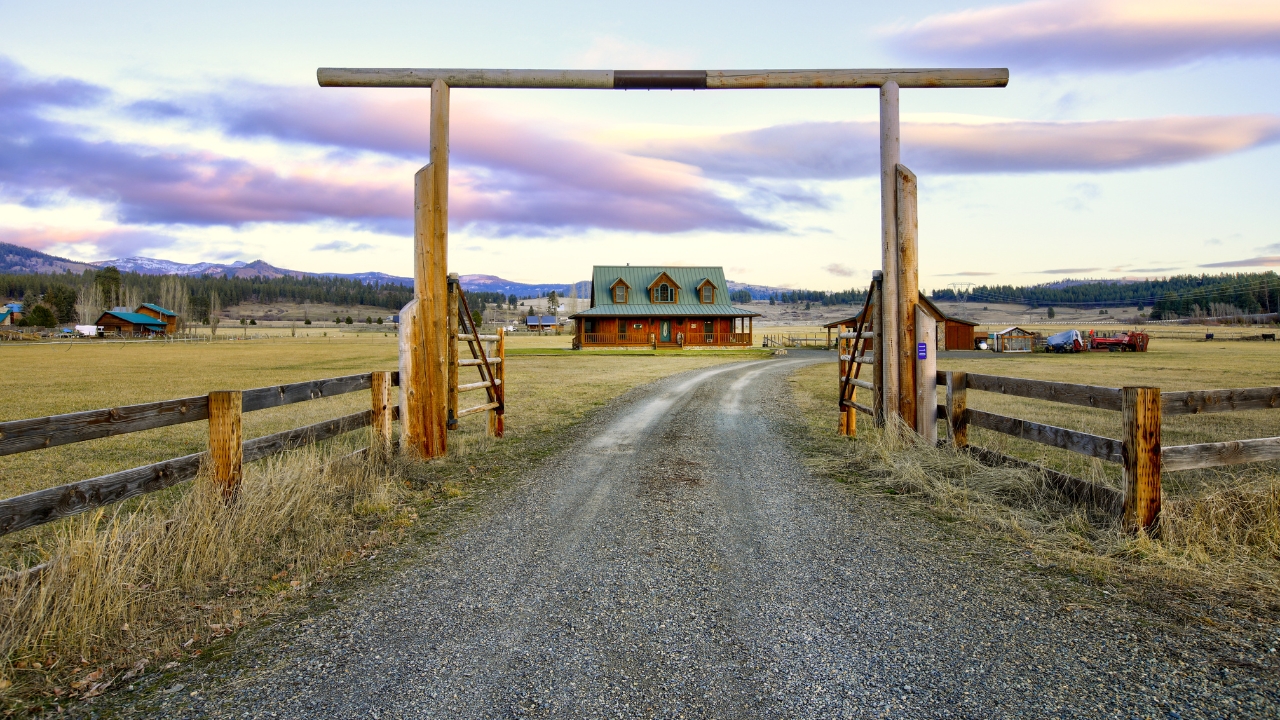
Where your driveway starts and ends usually dictates where the house sits, how your fencing runs, and where your utilities go.
We placed ours too far off-center and had to reroute electric, add extra gates, and regrade part of the yard. It snowballs fast.
Rain Will Expose Every Mistake
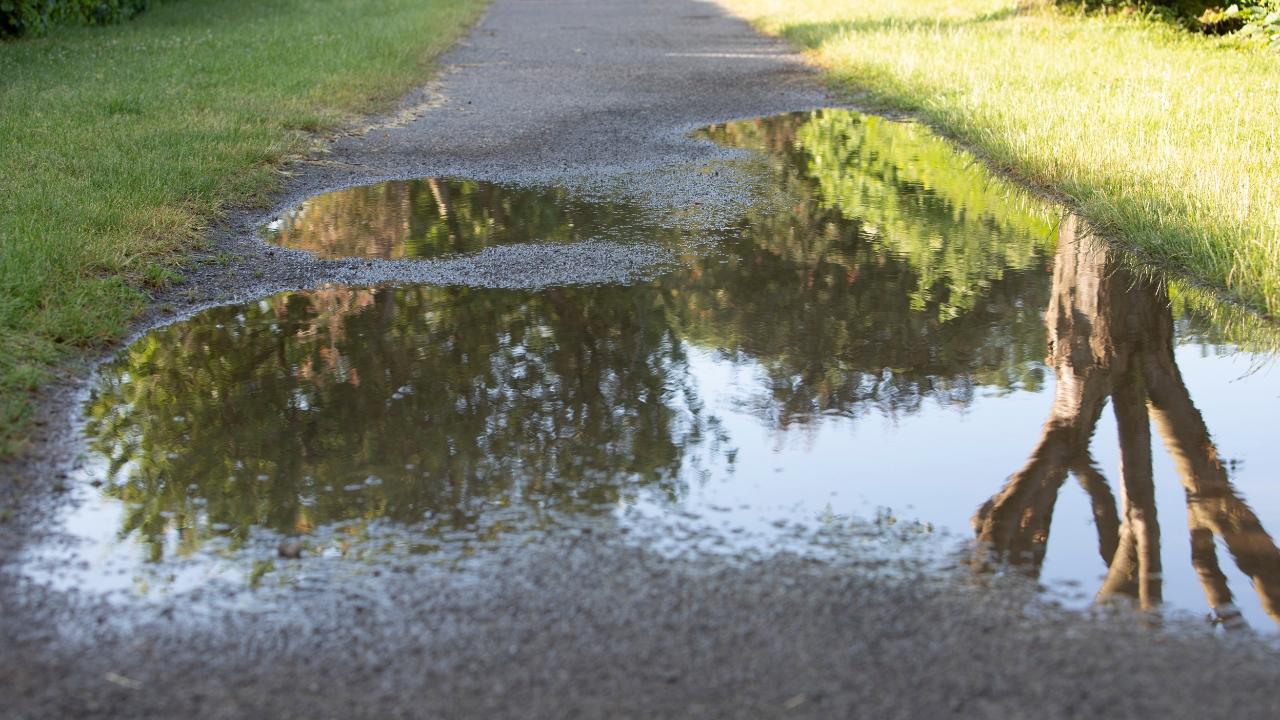
Water has a way of finding low spots and soft patches. If your driveway wasn’t planned with drainage in mind, you’ll find out during the first big rain.
A good driveway isn’t just about gravel—it’s about slope, runoff, and where that water ends up. Don’t ignore the ditches.
Distance Adds Up in Time and Fuel
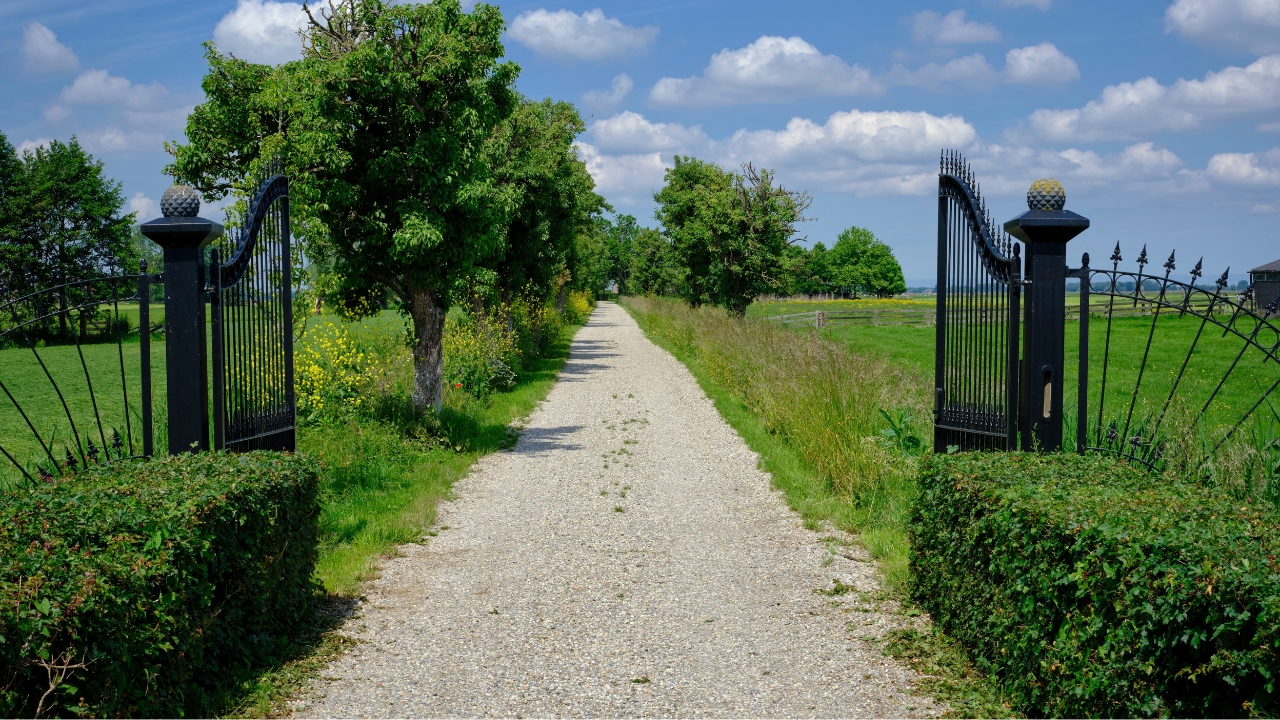
A long driveway sounds peaceful, but driving it twice a day adds up. Same for bringing up feed, supplies, or groceries.
Shorter isn’t always better, but think practically. You’ll use it more than you think.
You’ll Regret Tight Turns and Blind Corners
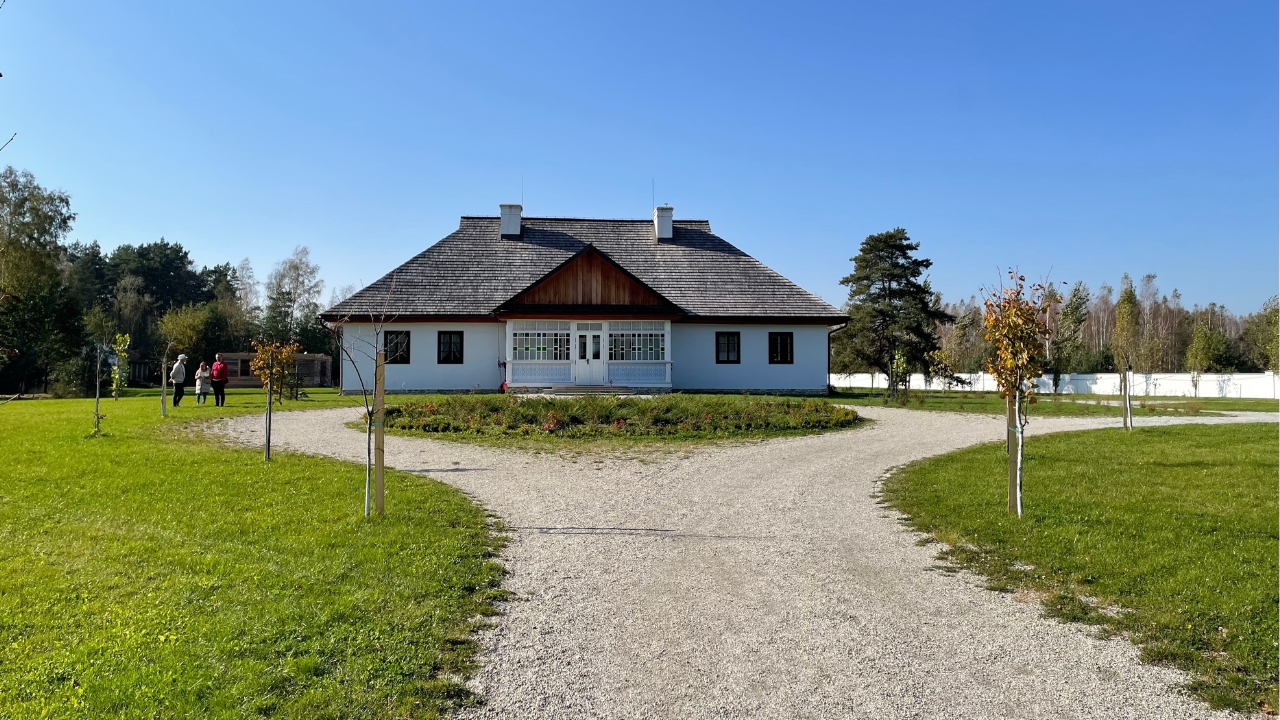
We made the entry curve too sharp, and it’s a pain getting the trailer in. It’s also hard to see when pulling out onto the road.
Widen turns, cut sight lines, and make sure visitors can find it without guessing where to turn.
Placement Impacts Privacy (Good and Bad)

If you put it too close to your house, every delivery driver or guest sees everything. Too far, and you won’t notice when someone pulls in.
There’s a balance. A slight curve or tree screen goes a long way for keeping your home from being on display.
It Affects Where You Can Build

Your house, barn, shop—even your future fence lines—will have to work around the driveway.
We learned that the hard way when we realized we boxed ourselves in by cutting across the flattest part of the land too early.
Fixing It Later Is a Big Job
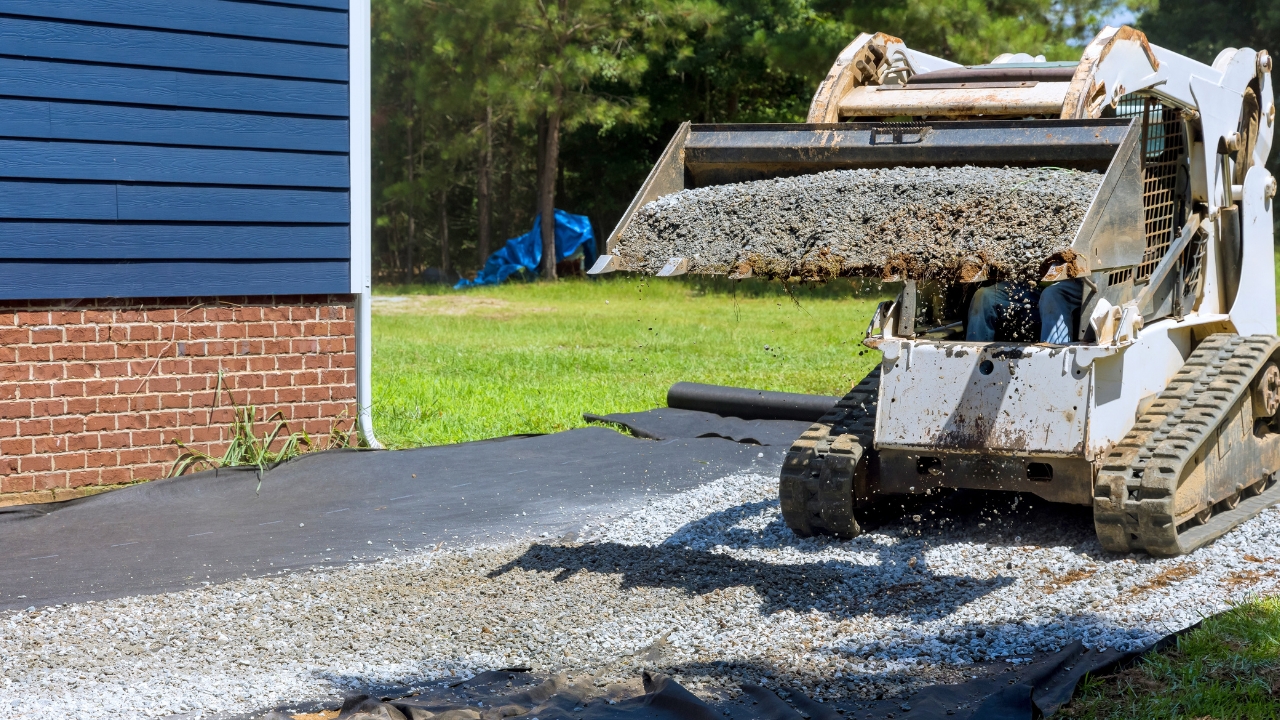
Once it’s graded and rocked, changing a driveway means more equipment, more material, and more mess.
If you’re not sure yet, go with a basic access path first and wait before committing to the final route. You’ll thank yourself later.
*This article was developed with AI-powered tools and has been carefully reviewed by our editors.







